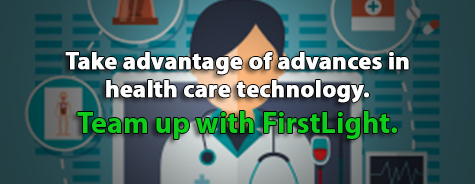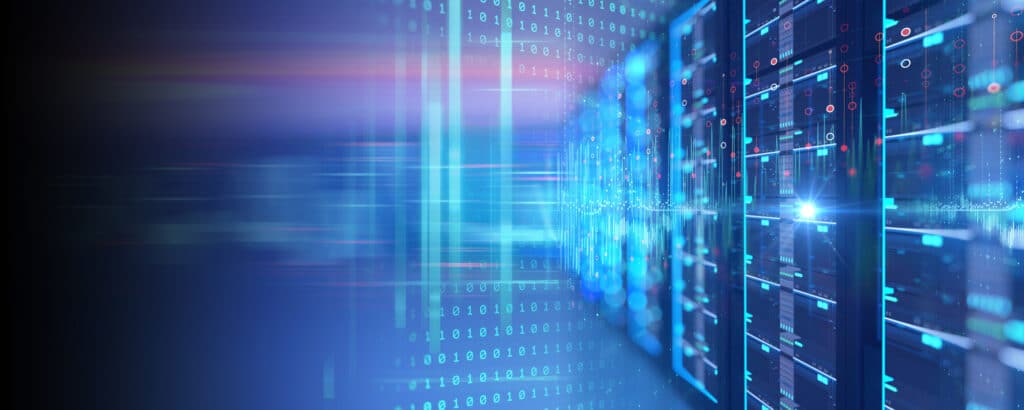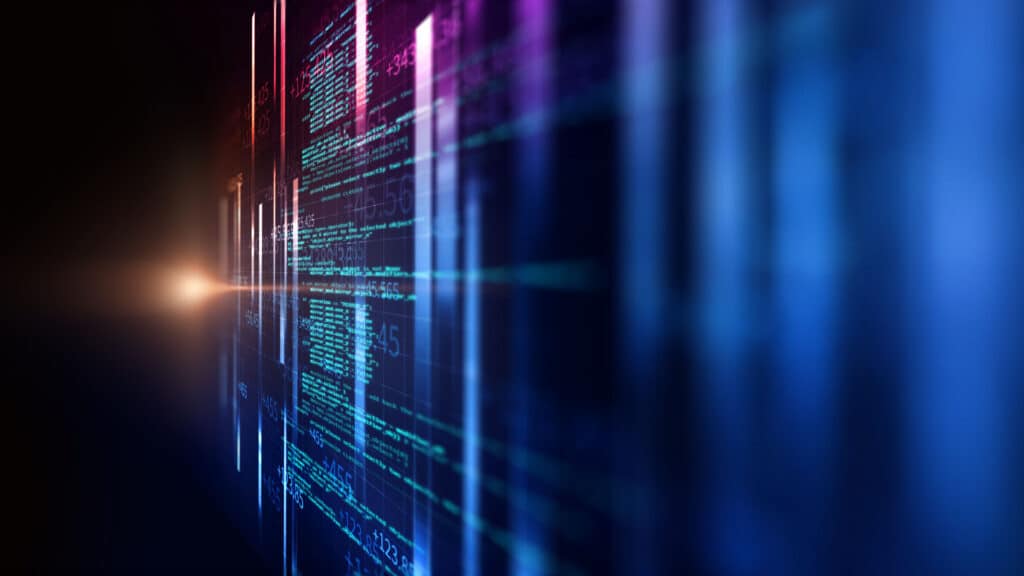
Now that the new year is well underway, it’s time to start looking at technology trends for 2019 and how they will impact patient care. The health care industry is continually adopting new technologies that leverage electronic health records (EHRs), improve patient access to health care, and enhance communication between members of health care teams.
In 2019, health care providers can benefit from advances in analytics and new forms of technology infrastructure that optimize patient data and improve connectivity, resulting in better patient treatment and outcomes.
Here’s an overview of 5 health care technology trends that will be popular in 2019:
1) Telemedicine
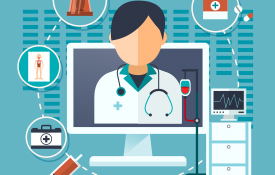 Telemedicine has long been a trend in this industry and will continue to be at the forefront. HIMSS Analytics found that telemedicine adoptions reached 71% in 2017, reflecting a steady 3.5% annual increase.
Telemedicine has long been a trend in this industry and will continue to be at the forefront. HIMSS Analytics found that telemedicine adoptions reached 71% in 2017, reflecting a steady 3.5% annual increase.
Telemedicine allows patients to interact with health care providers without having to go to a doctor’s office or hospital. Patients can use a mobile device to schedule a video visit with a physician. Audio and video make face-to-face consultations possible no matter where patients or doctors are located.
Telemedicine is gaining official health care industry acceptance. The most recent edition of the American College of Physicians (ACP) ethics manual approves of telemedicine as long as it includes visual and audio components. The ACP stresses the importance of promoting a strong doctor-patient relationship through audiovisual telemedicine.
2) Artificial Intelligence
MarketsandMarkets researchers predict that the AI market for health care will skyrocket to $36.1 billion by 2025, a substantial increase from $2.1 billion in 2018. The rise of big data in health care and a need to overcome staffing shortages are both drivers for AI implementation.
According to Forbes Technology Council, health care will increasingly use AI to perform diagnoses and monitor population health trends. AI has the power to analyze the complex and unstructured data that is frequently used in health care. Less advanced analytics have difficulty making sense of doctors’ notes and medical scans.
3) Cloud Computing
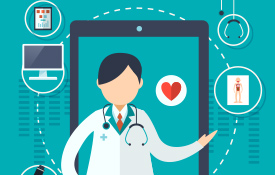 According to HIMSS Analytics, 65% of health care providers use the cloud. The health care industry is embracing the cloud as it overcomes concerns about the risks the cloud might pose to patient privacy.
According to HIMSS Analytics, 65% of health care providers use the cloud. The health care industry is embracing the cloud as it overcomes concerns about the risks the cloud might pose to patient privacy.
HIPAA requires hospitals and medical centers to prevent unauthorized access to patient records. There are now ways to benefit from the data-sharing capabilities of the cloud while also protecting patient data, such as employing a cloud provider that specializes in providing HIPAA-compliant infrastructure.
The cloud allows medical teams better access to patient data. Data can be centralized in the cloud and securely shared among members of a health care team. When cloud is supported by a low-latency network, data can be quickly transmitted between databases, mobile devices, and doctors.
4) Internet of Things (IoT)
The use of wearables to track vital signs has given rise to IoT in medicine. Statista estimated that health care IoT device installations will reach 161 million in 2020.
Connected devices can send continuous updates about patient status to health care providers. These devices collect data such as heart rate, blood pressure, and glucose levels. Troubling signs in patient data alert doctors so they can intervene, in order to possibly prevent a health crisis.
Health care IoT is expanding into the realm of the internet of bodies (IoB). In IoB, patients with chronic conditions may receive implants or consume digestibles that release medication during scheduled periods. When all these devices work in concert, they present a total picture of patient health.
5) Predictive Analytics
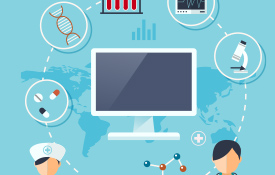 Predictive analytics uses patient medical histories to forecast likely outcomes. Typically EHRs are used to diagnose and treat patients. However, predictive analytics enables doctors to prevent problems that might emerge in the future.
Predictive analytics uses patient medical histories to forecast likely outcomes. Typically EHRs are used to diagnose and treat patients. However, predictive analytics enables doctors to prevent problems that might emerge in the future.
When predictive analytics is used to process the data generated from wearables, a heart attack or stroke could be prevented. These analytics can also be used to avoid unnecessary hospitalization or identify patients who are at high risk for certain health conditions. A study published in the American Journal of Psychiatry found that applying predictive analytics to EHRs helped to predict the likelihood of suicide attempts more accurately than previous methods.
Start the Year Off Right
Now that 2019 is here, start taking action on your new technology initiatives. Partnering with the right technology provider can help you lay a sound foundation for this year’s technology trends in health care.
FirstLight specializes in providing networking, cloud, and connectivity solutions for health care organizations. Our high-speed fiber optic network ensures that vital health care data can be transmitted quickly and reliably. We provide cloud services that meet HIPAA requirements, giving your organization peace of mind about compliance.
Take advantage of advances in health care technology. Team up with FirstLight.


